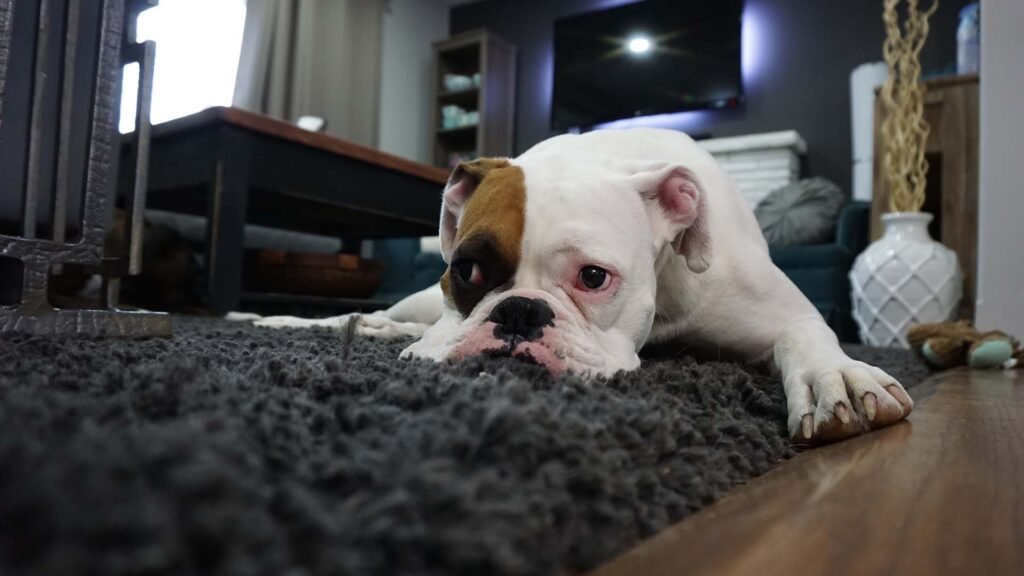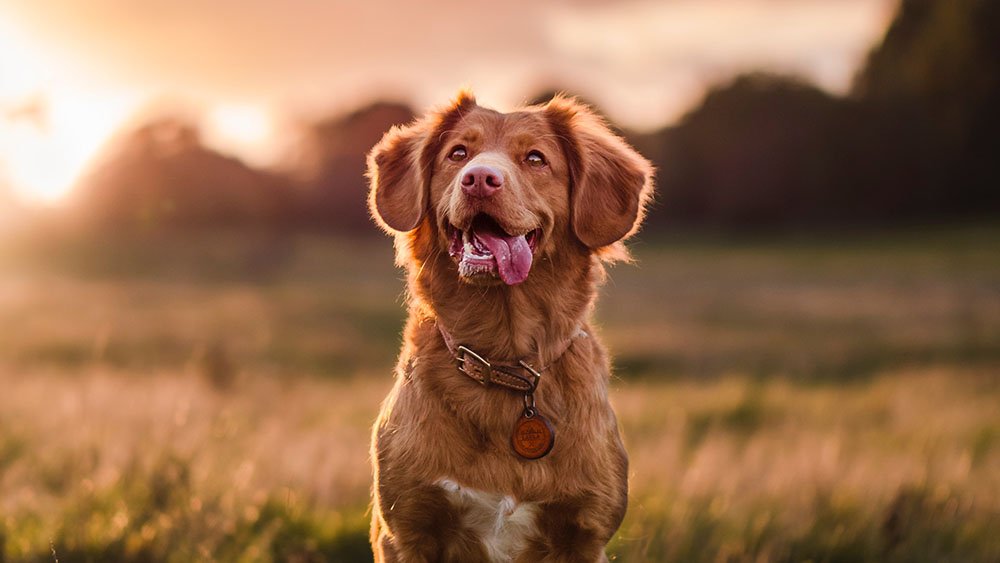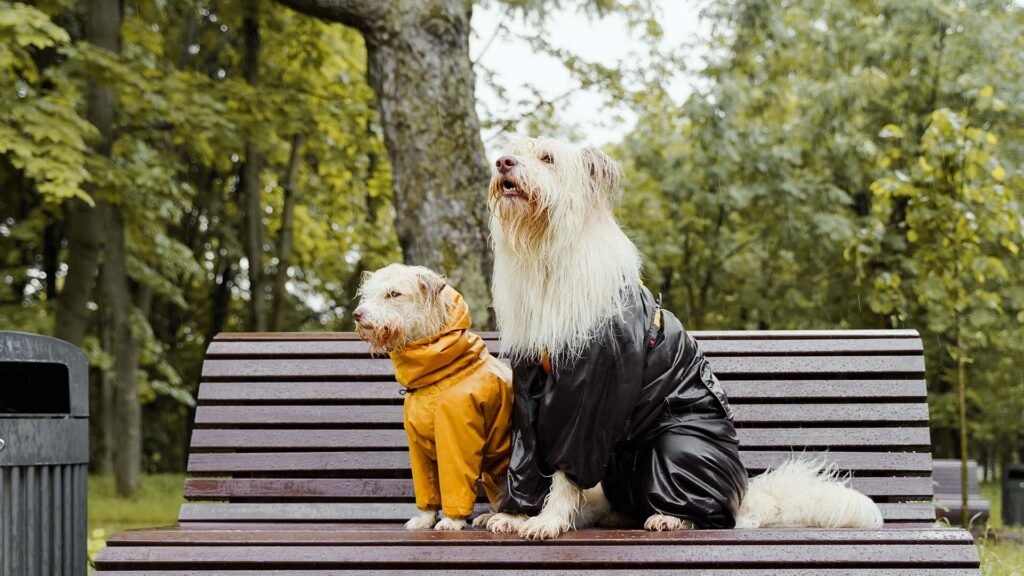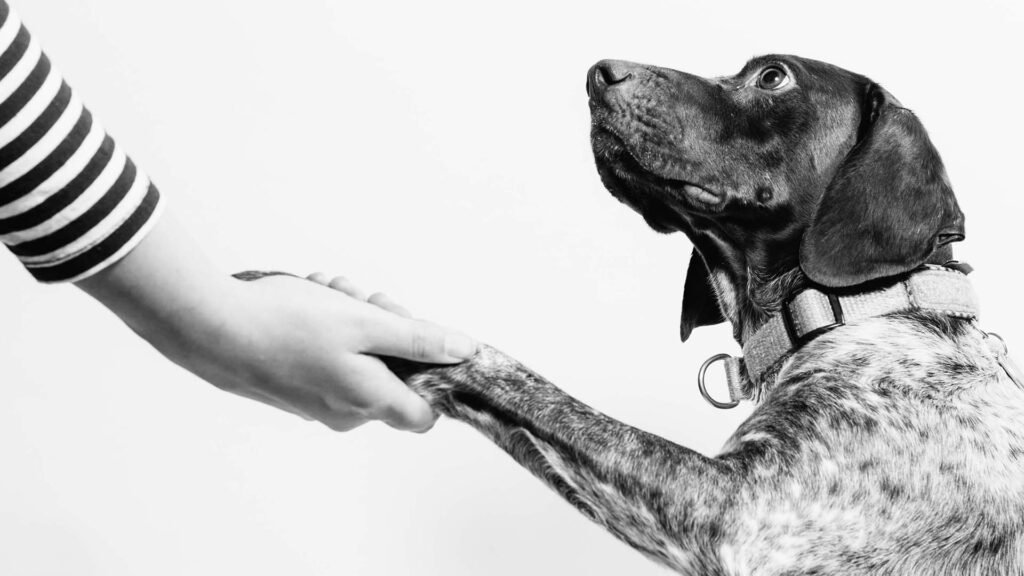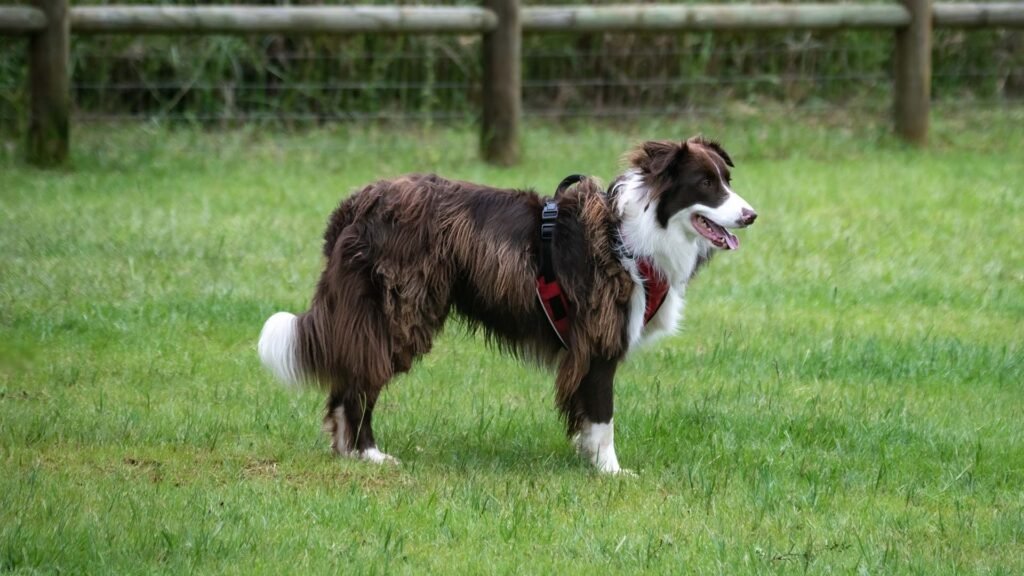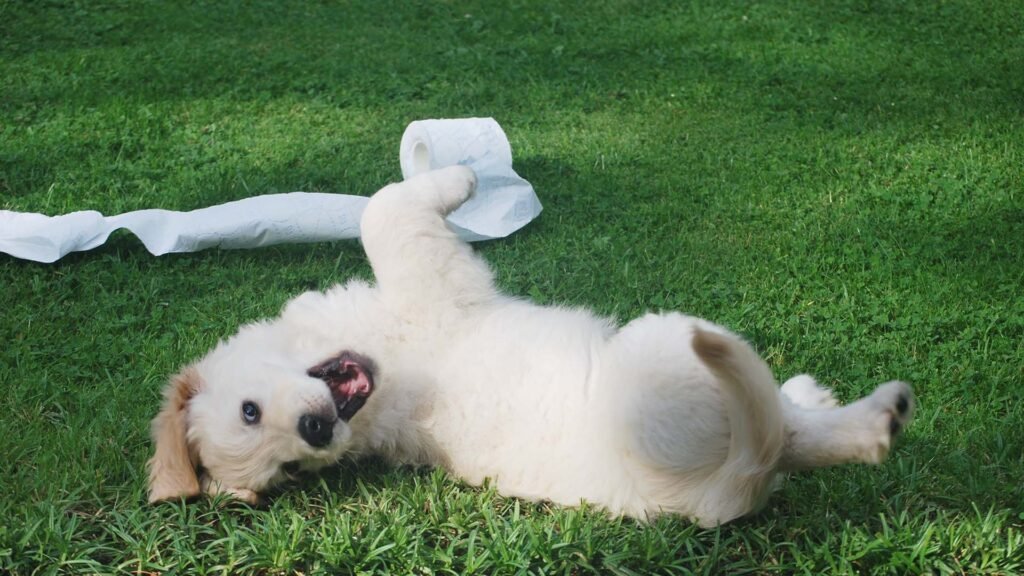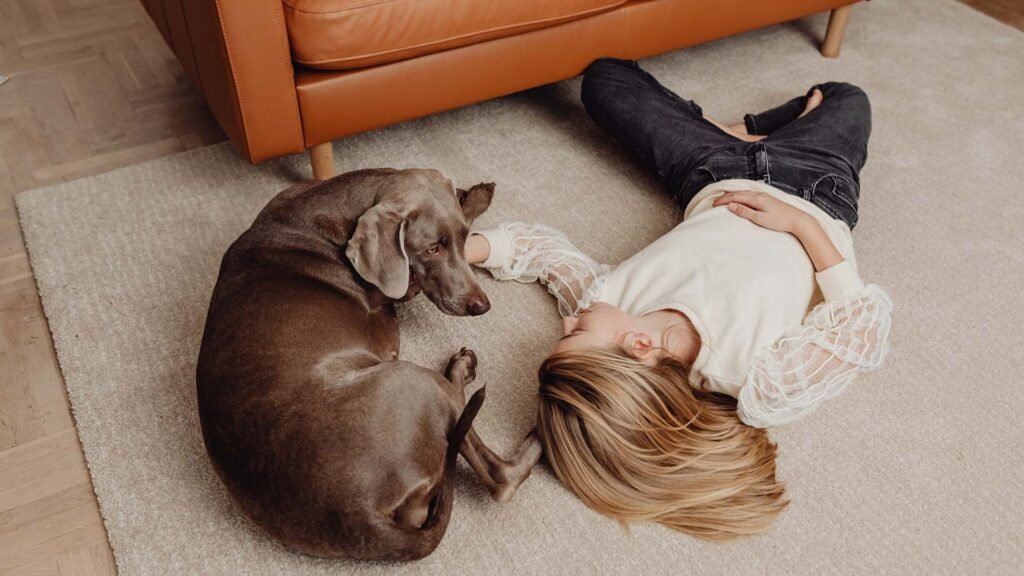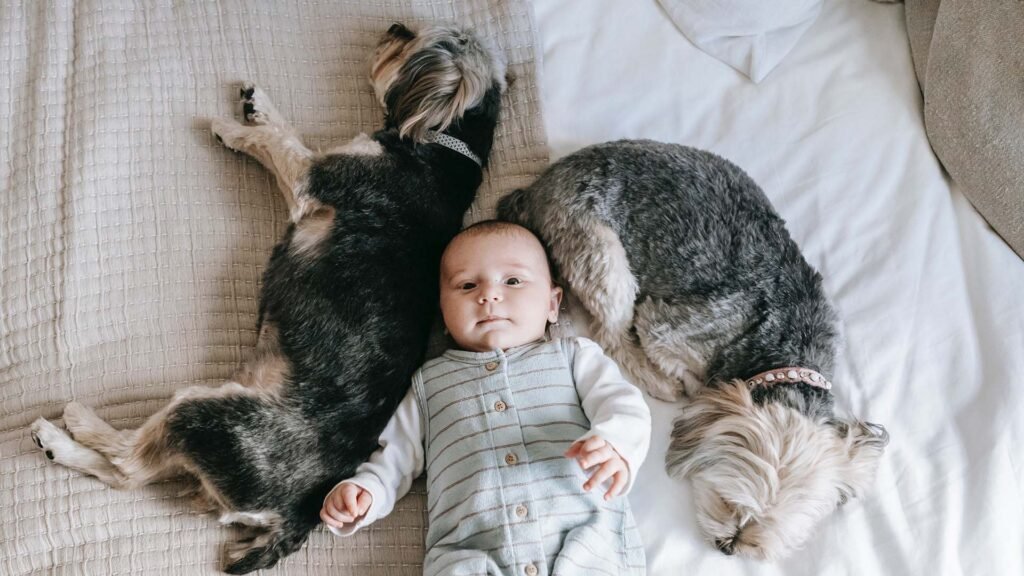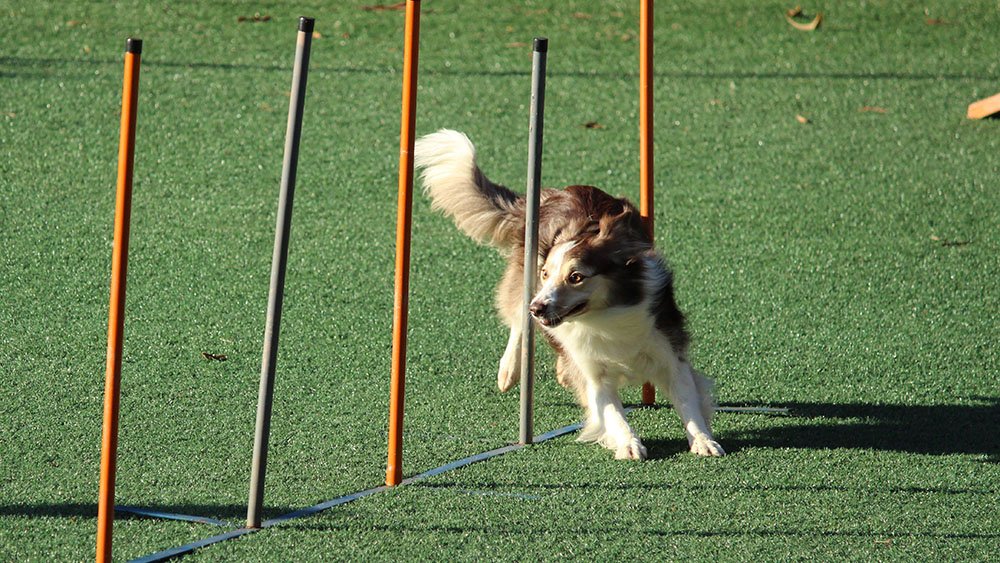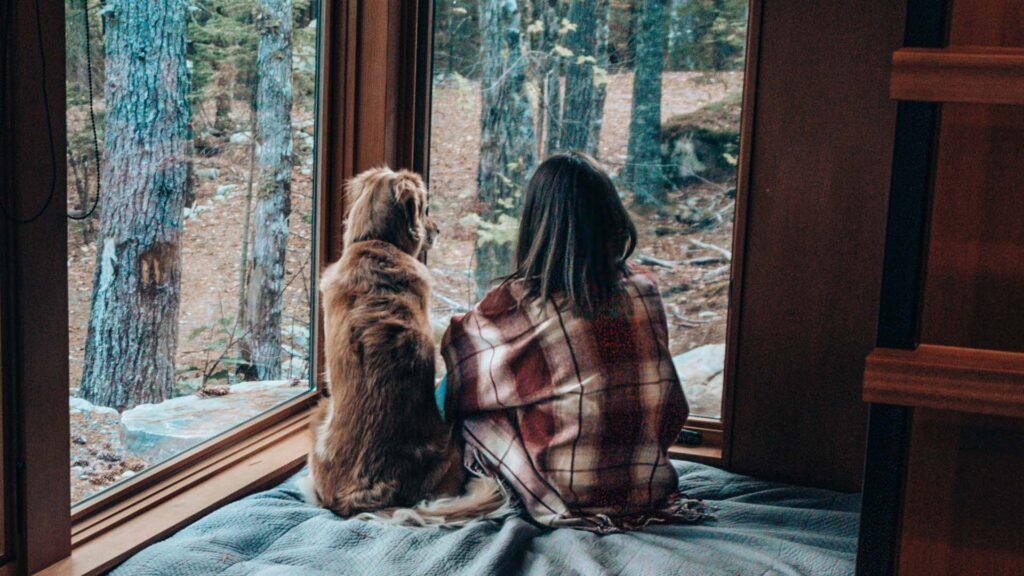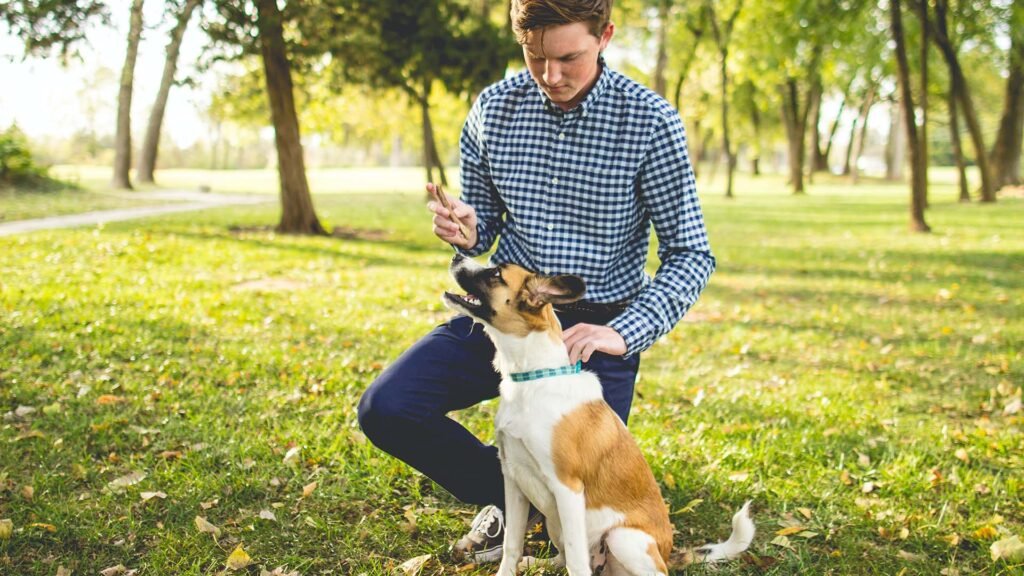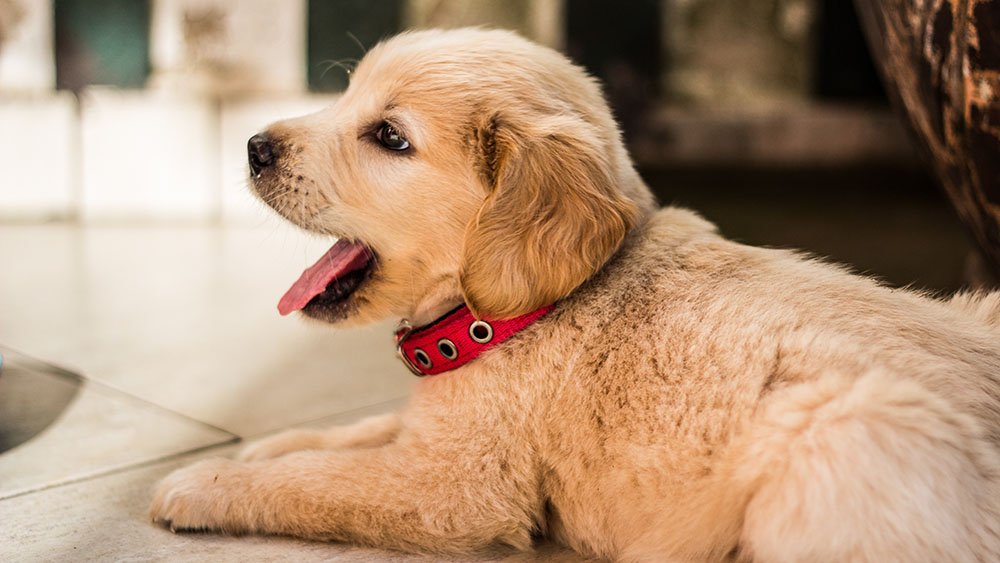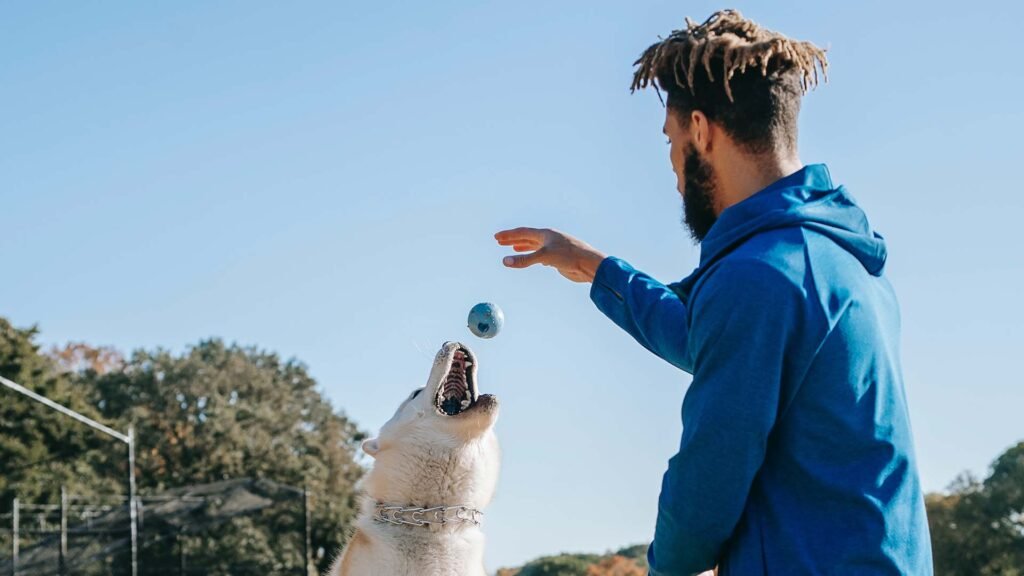
Dogs are social animals that crave companionship, so it can be hard to leave them home. Fortunately, there are some things you can do to train your dog to stay home alone. With a little patience and consistency, you can teach your dog to be comfortable being left alone.
Training:

With patience and consistency, you can train your dog to enjoy their own company.
When you first leave your dog home alone, they may whine, bark, or howl out of anxiety. Of course, this can be frustrating for you as an owner. But with patience and consistency, you can train your dog to enjoy their own company.
Here are a few tips to get started:
1. Start by leaving them alone for short periods of time- gradually increasing the amount of time as they become more comfortable.
2. Make sure they have plenty of toys and chews to keep them occupied.
3. Be sure to give them lots of praise and attention when you return home- this will let them know that being alone is not a bad thing.
4. Never punish your dog for being anxious or destructive when left alone- this will only make the problem worse.
5. Finally, play music or a television to help keep them company.
Set Up A Safe Space:
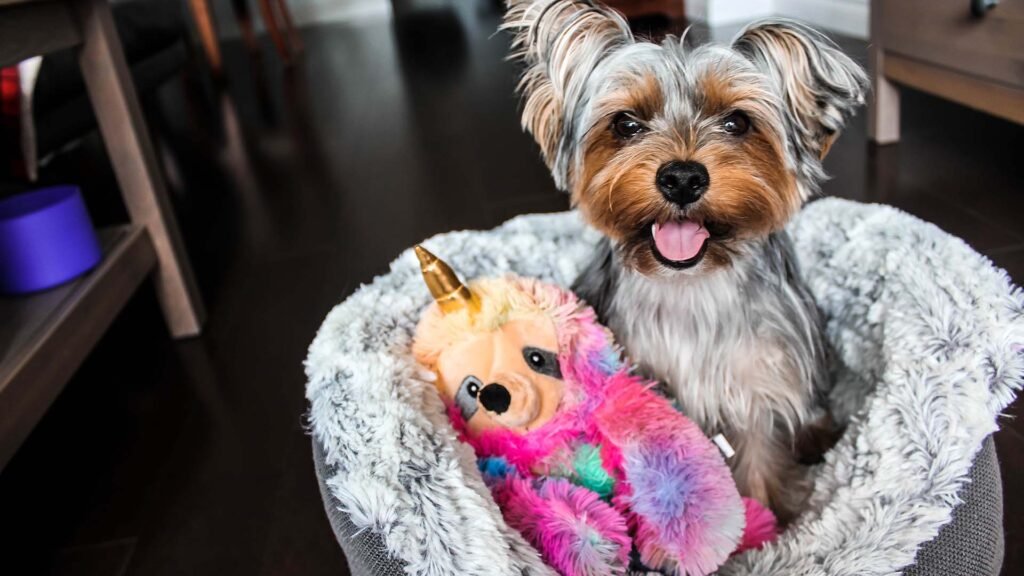
Choose an area in your home where your dog can relax and feel comfortable.
Introducing a safe space for your dog can help reduce their anxiety when left home alone. Choose an area in your home that is calm and quiet, away from high traffic areas. This will be their space to relax and feel comfortable. Dogs need a safe place to retreat to when they are feeling overwhelmed or stressed. By providing a designated space, you are helping your dog feel more secure and less anxious.
Start by placing their bed or crate in the chosen area, along with some of their favorite toys. You may also want to leave a piece of your clothing with them for extra comfort. If possible, try to set up the space before you begin leaving them home alone so they have time to adjust. Slowly increase the amount of time you are gone, starting with short intervals of 20-30 minutes.
Crate Training:

If your dog is resistant to being left alone, crate training may be necessary.
Crate training may be necessary if your dog is resistant to being left alone. Crate training involves teaching your dog to stay in a crate or kennel when you are away from home. This can be a difficult process for some dogs, but it is important to remember that crates should only be used as a last resort. If you are considering crate training your dog, here are a few things to keep in mind:
1. Choose the right size crate. Your dog should be able to stand up and turn around in the crate, but it should not be too large. Otherwise, your dog may feel like he has too much space and will be less likely to stay in the crate.
2. Start with short periods of time. When you first begin crate training, only leave your dog in the crate for short periods of time (e.g., 10 minutes).
3. Make the crate a positive experience. Let your dog know that he is doing the right thing by rewarding him with treats and praise when he goes into the crate willingly.
4. Use the same command every time you want your dog to go in his crate.
5. If your dog doesn’t enter the crate on his own, try giving him a treat to attract him to the crate. Then, use the command to encourage him to step inside.
6. Keep the door open at first. You want your dog to feel that he has a choice about whether or not to go into the crate. If you force him in, he may not take it so well.
Practice Alone Time:
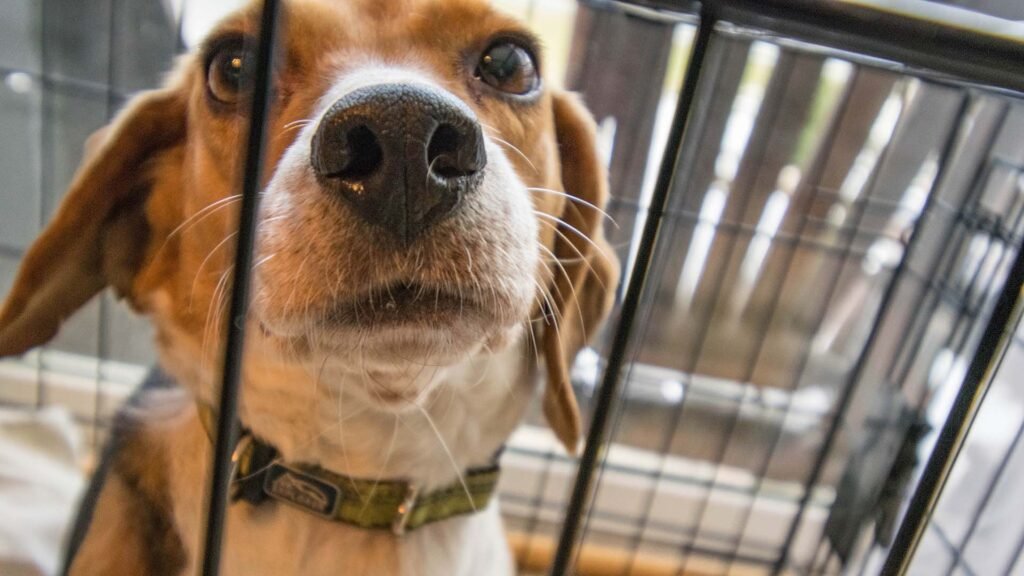
Start with short periods of time alone and gradually increase the duration.
When you first start leaving your dog home alone, it’s important to begin with short periods of time. Start with 10-15 minutes and gradually increase the duration. If your dog is used to being around people all the time, they may feel anxious or stressed when left alone. That’s why it’s important to get them used to being in their own company.
One way to do this is to practice some “alone time” before you actually leave them alone. This can be done by crating them for short periods of time while you’re still at home. You can also put them in a designated area like a playpen or baby gate them into a room by themselves. Give them a Kong toy filled with peanut butter or another treat to keep them occupied.
Reward Good Behavior:

Be sure to praise your dog when they behave well while you’re gone.
One way to train your dog to stay home alone is by rewarding them for good behavior. Whenever you leave the house, be sure to praise your dog when they behave well. This will let them know that they are doing something right and will encourage them to continue this behavior. Try not to scold your dog too much when they misbehave while you’re gone, as this could cause them to become anxious and stressed. Instead, focus on rewarding them when they do something right.
In Conclusion,
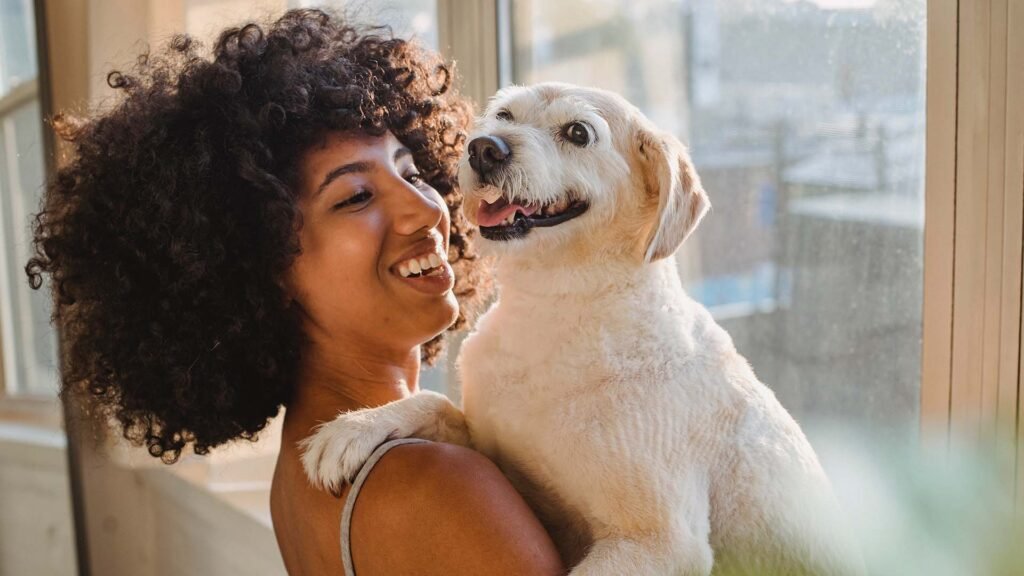
It is clear that there are many benefits to training your dog to stay home alone. Not only will it help them to be less anxious and more independent, but it will also give you the peace of mind knowing that they are safe and sound at home. So, if you are considering getting a dog, or if you already have one, make sure to put in the time and effort to train them properly. Your furry friend will thank you for it!

